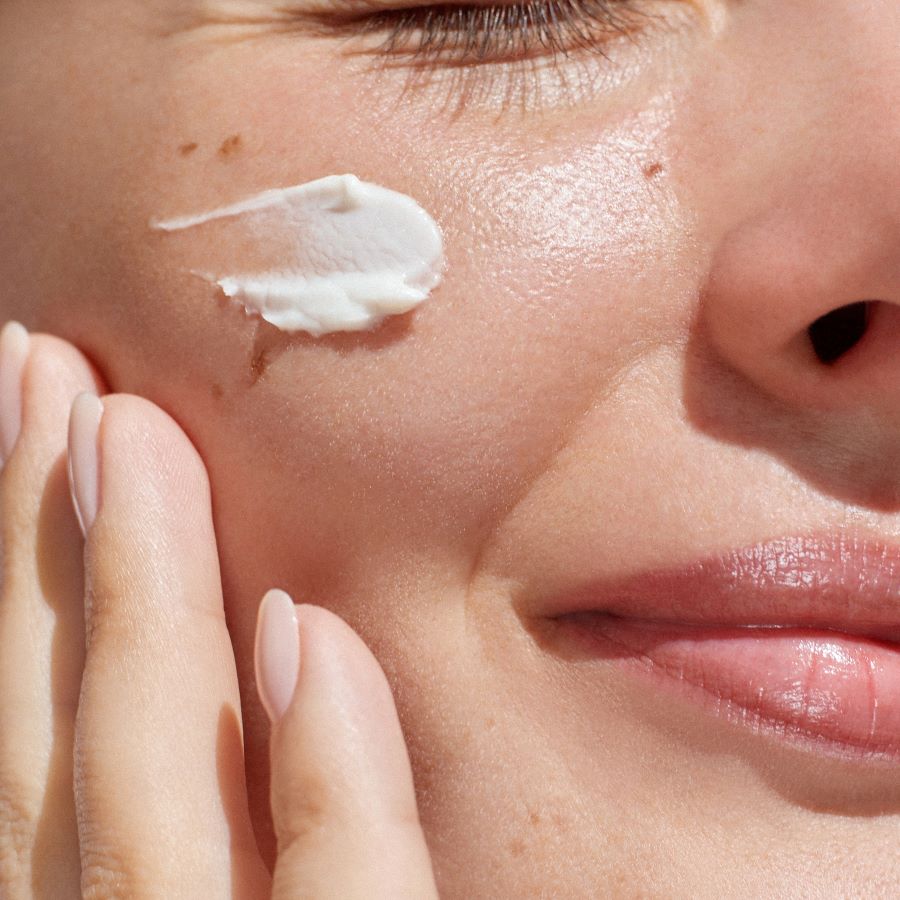Skin Cycling: The New Frontier in Dermatological Care
The beauty industry has long been dominated by complex, multi-step skincare routines that promise flawless complexions. However, a new trend is emerging that challenges this approach, advocating for a more strategic and cyclical method of caring for our skin. Skin cycling, a term coined by dermatologist Dr. Whitney Bowe, has been gaining traction among skincare enthusiasts and professionals alike. This innovative approach to skincare involves rotating active ingredients throughout the week, giving the skin time to recover and maximize the benefits of each product. As consumers become more educated about skincare ingredients and their effects, skin cycling offers a tailored, scientifically-backed solution that addresses individual skin concerns while minimizing irritation and maximizing results.

Dr. Whitney Bowe, a board-certified dermatologist and researcher, popularized the term “skin cycling” through her social media presence and clinical practice. She observed that many of her patients were using too many active ingredients at once, leading to compromised skin barriers and diminished results. By introducing a structured rotation of products, Dr. Bowe found that patients could achieve better outcomes with less irritation.
The Science Behind the Cycle
Skin cycling is rooted in the understanding of how different active ingredients interact with the skin and each other. The typical skin cycle involves four nights: two nights of active ingredients followed by two nights of recovery. On the first night, a chemical exfoliant such as alpha-hydroxy acids (AHAs) or beta-hydroxy acids (BHAs) is used to remove dead skin cells and unclog pores. The second night introduces retinoids, powerful compounds that stimulate cell turnover and collagen production.
The following two nights are dedicated to recovery, using gentle, hydrating ingredients to repair and strengthen the skin barrier. This cycle allows for the optimal absorption and efficacy of active ingredients while minimizing the risk of irritation and sensitization. The recovery period is crucial, as it gives the skin time to adapt to the potent ingredients and maintain its natural balance.
Customizing the Cycle for Different Skin Types
One of the key advantages of skin cycling is its adaptability to various skin types and concerns. For those with sensitive skin, the cycle can be extended to include more recovery nights or use gentler active ingredients. Oily and acne-prone skin types may benefit from more frequent exfoliation nights, while dry or mature skin might require additional hydration during the recovery phase.
Dermatologists and skincare experts emphasize the importance of listening to your skin and adjusting the cycle accordingly. Some individuals may find that they need to introduce active ingredients more gradually, starting with once a week and slowly building up to the full cycle. Others may discover that their skin responds better to certain ingredients on specific days of the week.
The Role of Circadian Rhythms in Skin Health
Skin cycling aligns with the body’s natural circadian rhythms, which play a significant role in skin health and regeneration. Research has shown that the skin’s protective and reparative functions are more active during the night, making it an ideal time for the application of active ingredients. During sleep, blood flow to the skin increases, and the production of growth hormones peaks, enhancing the skin’s ability to repair and renew itself.
By syncing skincare routines with these natural rhythms, skin cycling aims to optimize the skin’s receptivity to active ingredients and maximize their benefits. This approach also takes into account the varying needs of the skin throughout the day and night, allowing for a more targeted and effective skincare regimen.
The Impact on Product Formulation and Marketing
The rise of skin cycling has had a significant impact on the beauty industry, influencing product formulation and marketing strategies. Skincare brands are now developing products specifically designed for each phase of the skin cycle, with clear labeling indicating when and how to use them within the rotation. This trend has led to a shift away from “all-in-one” products towards more specialized formulations that work synergistically within a cycling routine.
Furthermore, the emphasis on recovery and skin barrier health has sparked innovation in gentle, restorative skincare products. Brands are focusing on ingredients that support the skin’s natural functions, such as ceramides, niacinamide, and hyaluronic acid, to complement the more active phases of the cycle.
The Future of Personalized Skincare
As skin cycling continues to gain popularity, it is paving the way for more personalized approaches to skincare. The concept emphasizes the importance of understanding one’s skin and its unique needs, rather than following a one-size-fits-all routine. This shift towards individualization is likely to drive further advancements in skincare technology and diagnostics.
Experts predict that future developments in skin cycling may include AI-powered apps that help users track their skin’s response to different ingredients and adjust their cycles accordingly. Additionally, at-home diagnostic tools may become more sophisticated, allowing individuals to monitor their skin’s health and customize their routines with greater precision.
In conclusion, skin cycling represents a significant shift in the approach to skincare, emphasizing strategic product use and skin recovery. By aligning with the skin’s natural processes and individual needs, this method offers a more sustainable and effective way to achieve healthy, radiant skin. As research in this area continues to evolve, skin cycling may well become the new standard in dermatological care, revolutionizing how we think about and care for our skin.





